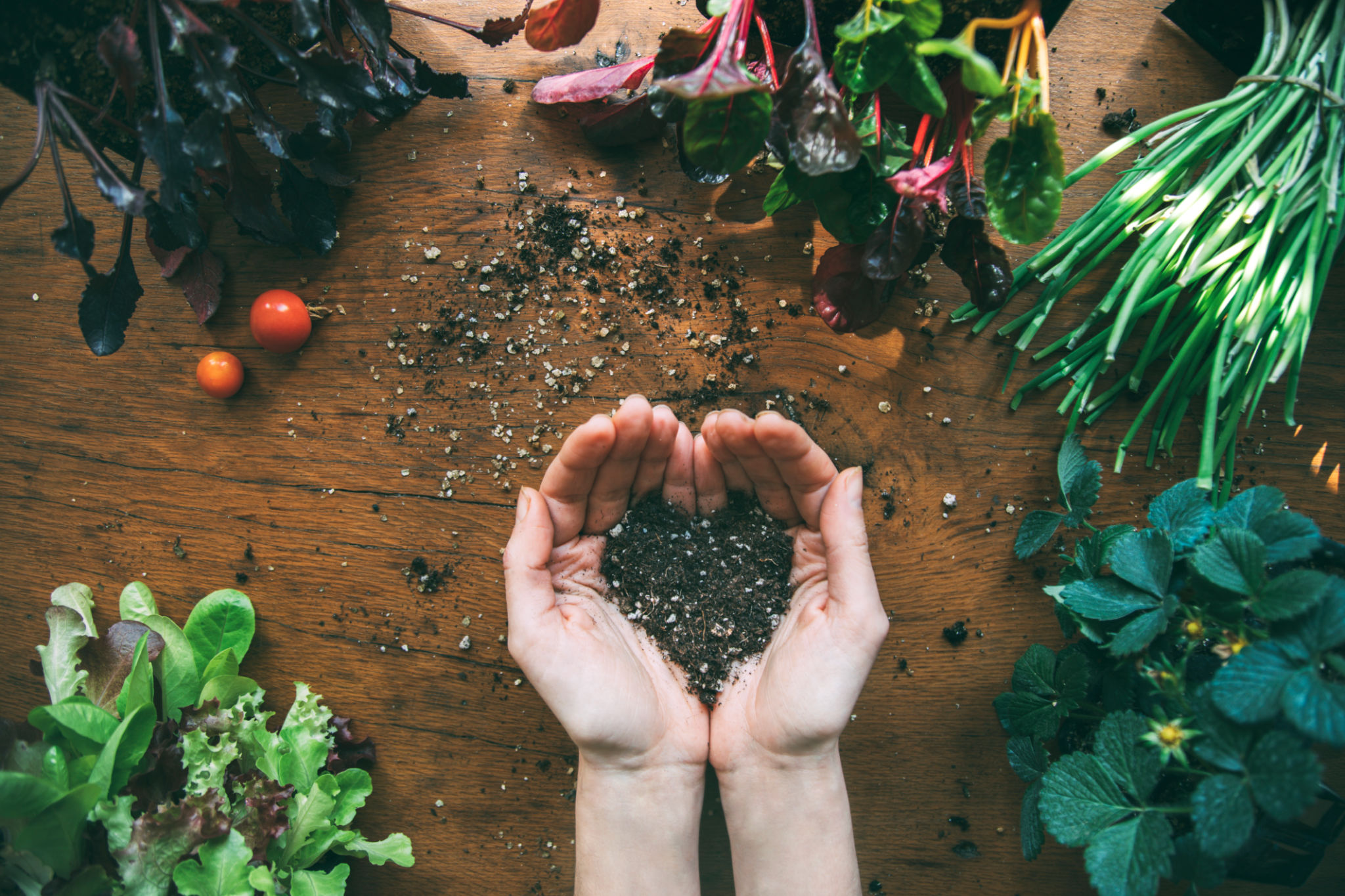How to Design a Synergistic Natural Plant Health Solution for Your Garden
Understanding Synergistic Plant Health Solutions
Creating a thriving garden requires more than just a green thumb; it demands an understanding of how plants interact with each other and their environment. A synergistic natural plant health solution leverages these interactions to promote robust growth, enhance resilience to pests and diseases, and improve overall plant health. In this approach, the whole is greater than the sum of its parts, resulting in a flourishing ecosystem within your garden.

Identifying the Right Plant Combinations
The cornerstone of a synergistic garden is selecting the right plant combinations. Certain plants complement each other by sharing resources, repelling pests, or improving soil health. Companion planting is a popular technique that involves growing plants together to benefit one another. For example, basil planted near tomatoes can enhance flavor and deter pests.
To create these beneficial partnerships, research the plants you wish to cultivate. Understand their growth habits, nutrient needs, and natural companions. This knowledge will help you design a layout that maximizes the interactions between your plants.
Enhancing Soil Health Naturally
Healthy soil is fundamental to a successful garden. A synergistic approach to soil health involves enriching the soil with organic matter and encouraging microbial activity. Techniques such as composting, mulching, and crop rotation can significantly improve soil fertility.

Composting adds vital nutrients back into the soil, while mulching helps retain moisture and suppress weeds. Crop rotation prevents the depletion of specific nutrients and disrupts pest and disease cycles. By nurturing your soil naturally, you create a solid foundation for plant health.
Using Natural Pest Control Methods
Pests can wreak havoc on your garden, but chemical solutions often harm beneficial insects and disrupt the ecosystem. Implementing natural pest control methods is key to maintaining synergy in your garden. Encourage beneficial insects like ladybugs and lacewings by planting flowers such as marigolds and yarrow.
Additionally, consider using neem oil or insecticidal soap as non-toxic alternatives to chemical pesticides. These options target harmful pests without adversely affecting the surrounding environment.

Implementing Water-Wise Practices
Water is a vital resource for any garden, but overwatering can lead to root rot and other issues. Employing water-wise practices ensures efficient use of this precious resource while maintaining plant health. Drip irrigation systems deliver water directly to the roots, reducing evaporation and waste.
Additionally, selecting drought-tolerant plants and using rain barrels to collect rainwater are effective strategies for conserving water. These practices help create a sustainable garden that thrives with minimal environmental impact.
Monitoring and Adapting Your Garden
Finally, maintaining a synergistic garden involves regular monitoring and adaptation. Observing plant health, pest presence, and soil conditions enables you to make informed decisions about interventions. Keep records of what works well and what doesn’t, allowing you to refine your approach over time.
Through careful planning and execution of these principles, you can design a synergistic natural plant health solution that benefits your garden’s ecosystem. Embracing these sustainable practices not only enhances the beauty of your garden but also contributes positively to the environment.
